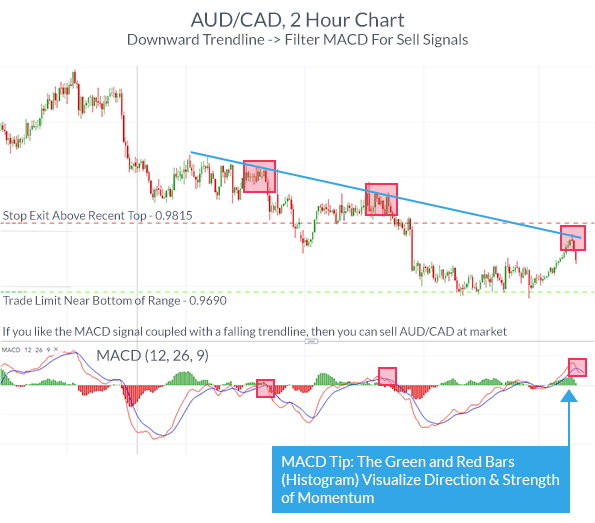Introduction: Navigating the Forex Maze
In the labyrinthine world of foreign exchange trading, where currencies collide and fortunes are made or lost, finding the beacon that illuminates the path to success can be an elusive quest. But fear not, intrepid traders, for within these pages lies the key to unlocking the secrets of a powerful tool that can guide your every move – the elusive best indicator for forex market navigation.

Image: best-forex-indicators.com
Embarking on this journey, you will delve into the intricate tapestry of technical analysis, deciphering the language of charts and discovering the telltale signs that reveal the market’s hidden intentions. Through the prism of expert insights and practical wisdom, you will emerge equipped with the knowledge to identify the most reliable indicator for your individual trading style and market conditions.
A Tapestry of Technical Indicators: Unraveling the Market’s Dance
Technical indicators, the Rosetta Stones of forex trading, translate the ebb and flow of market prices into actionable insights. They empower traders with the ability to discern trends, identify support and resistance levels, gauge momentum, and anticipate market reversals. From the ubiquitous Moving Averages to the enigmatic Bollinger Bands, a vast array of indicators beckon, each promising a glimpse into the market’s enigmatic dance.
The Moving Average: A Timeless Classic
Among the plethora of technical indicators, the Moving Average (MA) stands as an enduring classic. This versatile tool smooths out market fluctuations, revealing underlying trends and potential turning points. By calculating the average price of a security over a specified period, the MA provides a clear and concise representation of price movement.
Traders can harness the MA’s versatility to identify long-term trends, pinpoint support and resistance levels, and determine the direction of momentum. Its simplicity and adaptability make it a cornerstone of many successful trading strategies.
Bollinger Bands: Capturing Market Volatility
Enveloping price action like celestial guardians, Bollinger Bands delineate the boundaries of market volatility. These dynamic bands expand and contract based on the standard deviation of price fluctuations, encapsulating the normal ebb and flow of the market.
Traders leverage Bollinger Bands to identify overbought or oversold conditions, anticipate breakouts, and gauge market sentiment. When prices venture beyond the upper band, signaling overbought conditions, a potential reversal may be imminent. Conversely, when prices dip below the lower band, suggesting oversold conditions, a bounce may be on the horizon.

Image: www.dailyfx.com
Relative Strength Index: Measuring Market Momentum
The Relative Strength Index (RSI) pierces the veil of market momentum, revealing the relative strength of buyers and sellers. Oscillating between 0 and 100, the RSI measures the magnitude of recent price changes, helping traders identify overbought or oversold conditions.
When the RSI approaches 100, it indicates that the market may be overbought and ripe for a correction. Conversely, when the RSI dips below 30, it suggests that the market may be oversold and poised for a rally. The RSI’s sensitivity to price changes makes it an invaluable tool for identifying potential trading opportunities.
Best Indicator For Forex Market
Conclusion: Unlocking Trading Success
The quest for the best indicator for forex market trading is an ongoing journey, shaped by individual preferences, market conditions, and risk tolerance. By embracing the knowledge imparted herein, you have taken a significant step towards mastering this enigmatic domain. May your charts guide your path, and may the market’s secrets be revealed to your discerning eye.






